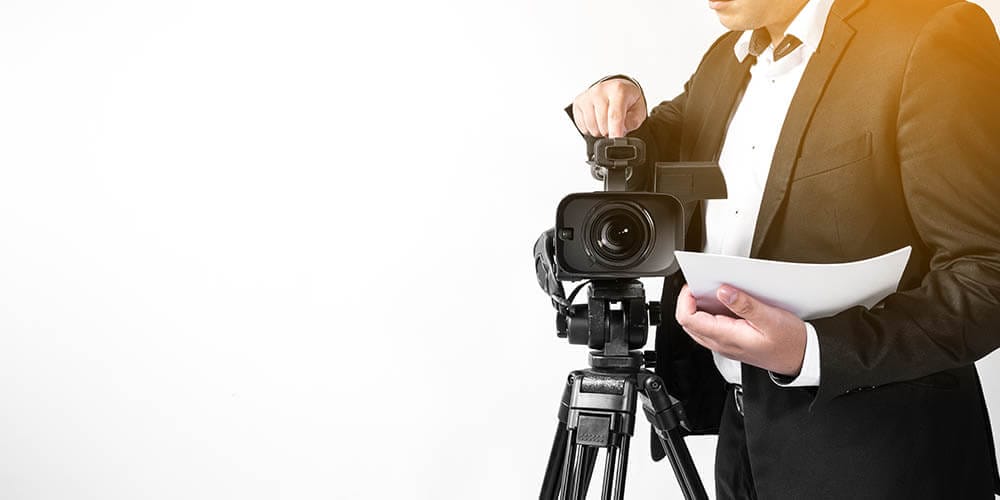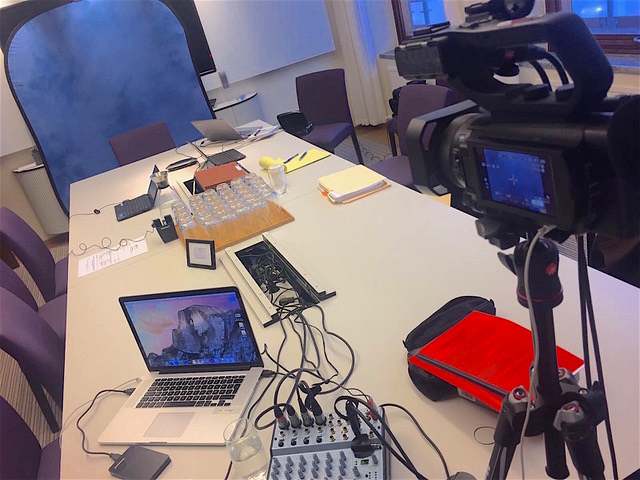Legal Videography: Best Practices for Clear and Convincing Evidence
Checking Out the Objective and Effect of Legal Videography in the Legal Area
Lawful videography has become an important device in the lawful area, transforming the way proof is provided and preserved. As we navigate with the elaborate web of regulations and moral factors to consider surrounding legal videography, a clearer image emerges of its prospective to shape the future of the legal landscape.
Background of Lawful Videography
The advancement of legal videography can be mapped back to the very early days of court technology combination. As courts started to recognize the value of visual proof discussion, the use of videography in lawful proceedings got traction.
With the innovation of modern technology, the transition from analog to digital video videotaping additional revolutionized the field of legal videography. Digital cameras offered better recordings, easier modifying abilities, and improved storage choices. This shift not just enhanced the clarity and accuracy of visual evidence but likewise structured the discussion of complex information in court rooms.
Today, lawful videography plays a vital role in the lawful field, offering attorneys a powerful device for providing evidence, recording statements, and producing engaging visual narratives to support their cases. The evolution of lawful videography continues to shape the method lawful specialists approach lawsuits and advocacy.
Benefits of Legal Videography

Additionally, lawful videography allows for the conservation of witness testament in a effective and genuine fashion. By recording the temperament and temperament of witnesses during their testaments, lawyers can better analyze the integrity of their declarations and possibly discover fallacies or incongruities. This can be specifically valuable during cross-examination and in offering evidence to sustain or refute key disagreements in a situation.
Additionally, legal videography provides the advantage of creating a long-term record that can be revisited and examined at any kind of time. Lawyers can assess video footage to determine important information, prepare for upcoming court proceedings, or strengthen their approaches for trial. This capacity to revisit and explore visual proof can offer attorneys with a tactical benefit in developing a robust situation.
Strategies for Effective Lawful Videography
Incorporating reliable techniques in lawful videography is crucial for making the most of the influence of aesthetic evidence and strengthening the integrity of witness statements in legal process. In addition, using top quality sound devices is crucial to tape-record audio properly, ensuring that all verbal communication is caught noticeably. Framing plays a key duty in legal videography; it is essential to mount shots appropriately to focus on the pertinent elements while minimizing disturbances.
Lawful Videography in Courtroom Settings

In court room settings, legal videographers should comply with rigorous guidelines to preserve the honesty of the legal process. They have to be discreet to prevent interfering site link with procedures while likewise being cautious in capturing important information. The video footage tape-recorded by lawful videographers serves as a useful resource for courts, legal representatives, and juries, giving a visual document that can be referenced during situation prep work, charms, or reviews.

Honest Factors To Consider in Lawful Videography
Principles serve as a foundational framework leading the technique of lawful videography, making sure honesty and impartiality in capturing and preserving legal proceedings. One critical moral consideration is acquiring informed consent from all parties involved before recording any type of legal proceedings.
Confidentiality is one more paramount ethical consideration in lawful videography - LEGAL VIDEOGRAPHY. Videographers must manage all recorded video footage with the utmost treatment to shield sensitive information and keep the personal privacy rights of those included in the lawful procedure. Furthermore, maintaining objectivity and neutrality throughout the recording process is vital to avoid predisposition and make sure an exact representation of the occasions
Conclusion
To conclude, lawful videography has actually ended up being a vital tool in the lawful field, supplying a visual record of occasions and boosting the discussion of proof in courtrooms. By recording demonstrations, statements, and scenes, lawful videographers play an important function in making sure a transparent and fair lawful procedure. With moral factors to consider and appropriate techniques, lawful videography continues to have a substantial influence on the lawful career, forming the way info is captured and provided in lawful process.
Legal videography has actually come to be a crucial tool in the legal area, reinventing the method evidence is presented and preserved.Including effective techniques in legal videography is vital for making the most of the effect of visual proof and boosting the integrity of witness statements in legal process.Principles offer as a foundational framework directing the technique of legal videography, making certain stability and impartiality in recording and protecting lawful proceedings.In verdict, lawful videography has ended up being an essential device in the lawful area, giving a visual document of occasions and enhancing the presentation of proof in courts. With ethical factors to consider and proper strategies, lawful videography proceeds to have a considerable influence on the lawful occupation, forming the means details is caught and presented in legal look these up procedures.